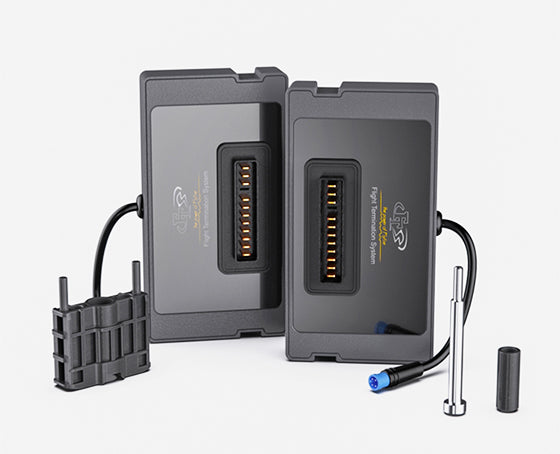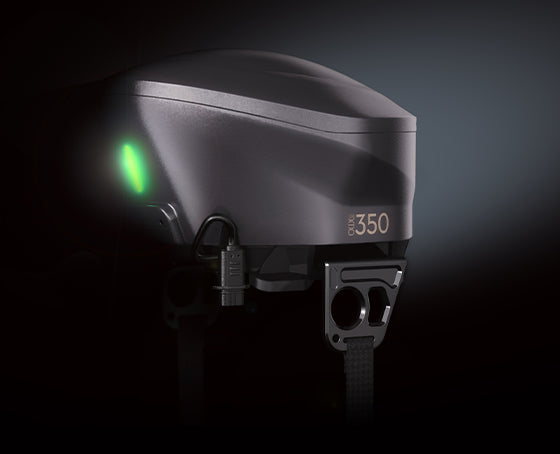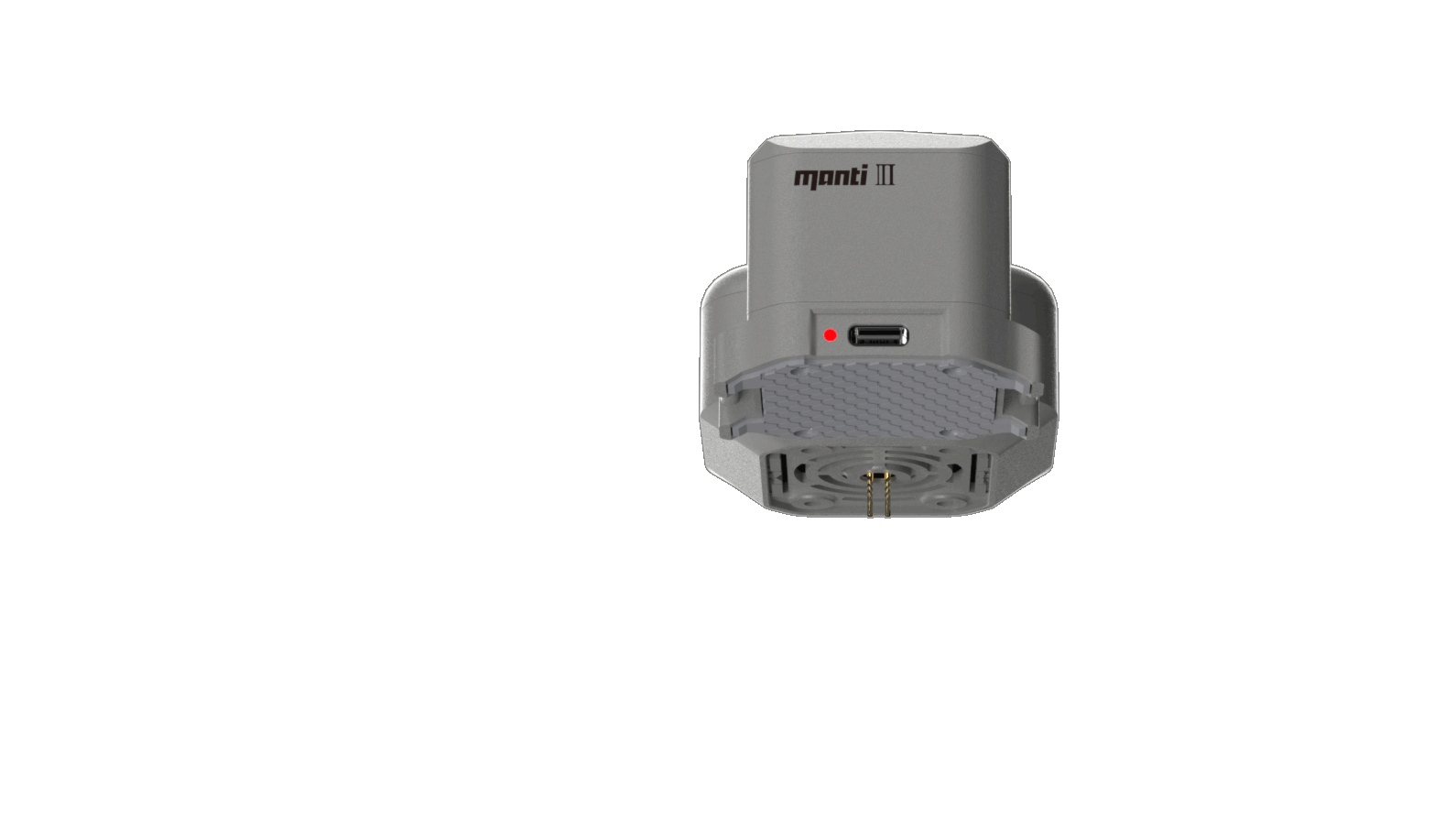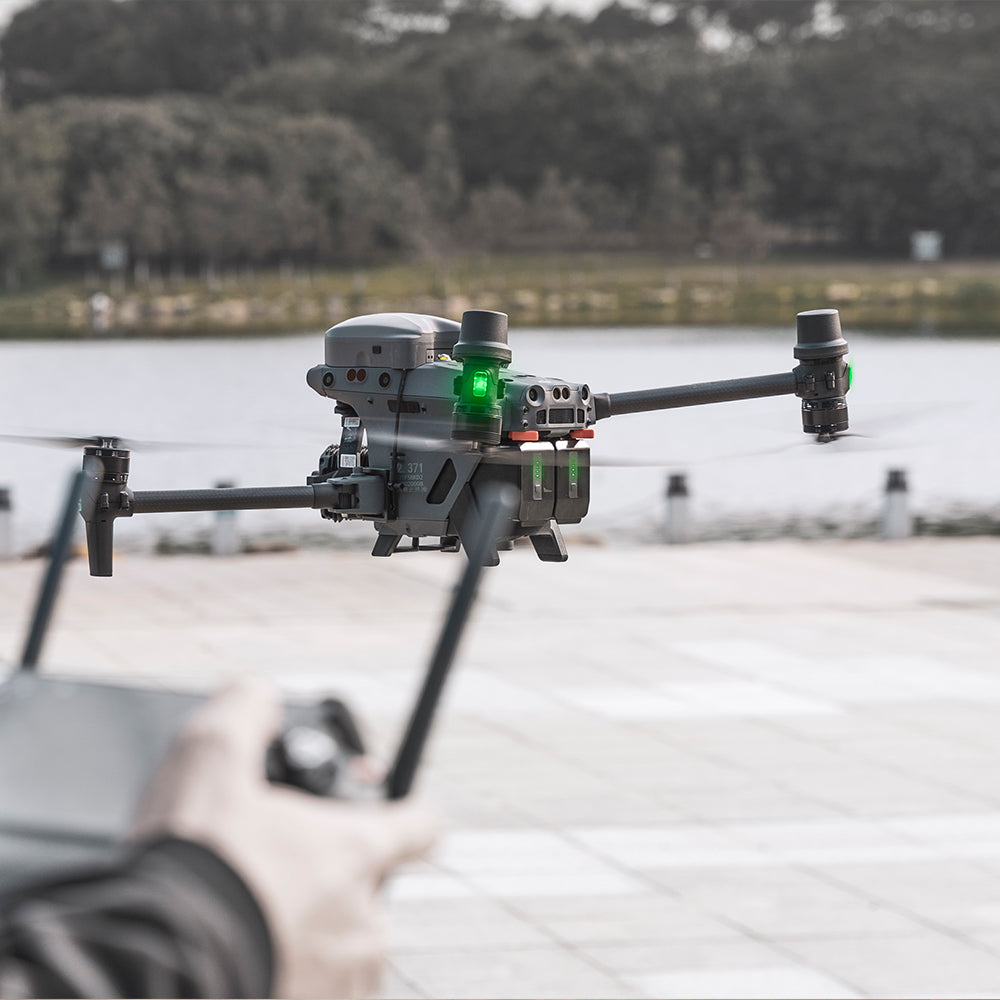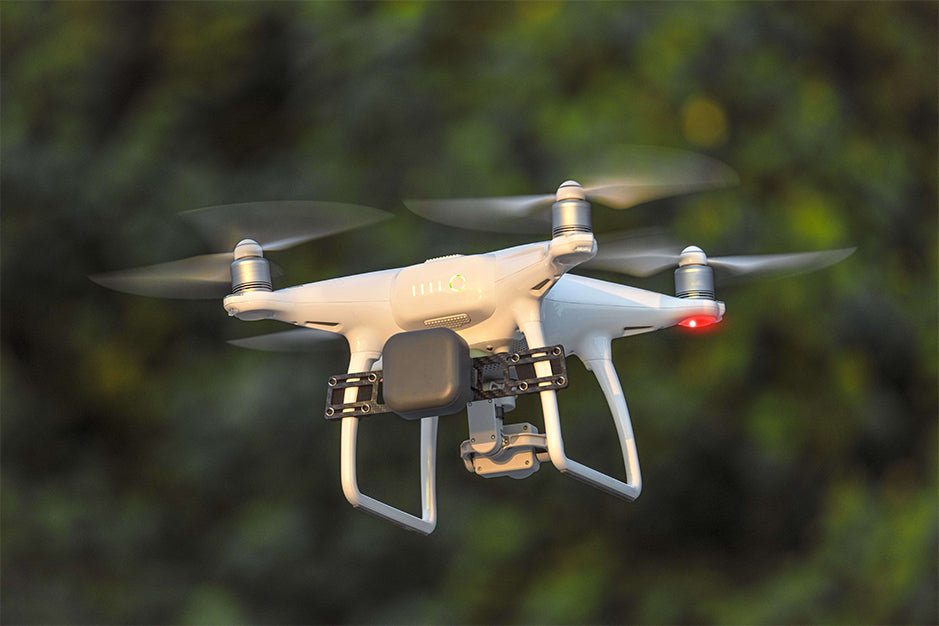A drone crash is pretty much a nightmare for any drone pilot. The potential consequences of one are two-fold – not only can it result in damage to the drone, but it can also damage or hurt property or people on the ground. For this reason, the restriction against flying drones over crowds is one of the most important for the FAA.
Drone parachutes are perceived to be some of the best solutions to avoid serious damage caused by drone crashes. How exactly do these drone parachutes work and are they reliable? When are drone parachutes necessary? Are there any high-quality and trusted manufacturers of drone parachutes today?
How do drone parachutes work?
As its name implies, a drone parachute is designed to reduce the terminal velocity of a drone should it crash – much like any other parachute. Virtually all of the commercially available drones do not come with a built-in parachute. Instead, it is often a third-party accessory manufactured by specialty companies which need to be installed on a drone professionally.
Within the industry, drone parachute systems are alternatively called “drone recovery systems.” This suggests their second primary purpose – to allow for the safe recovery of a drone even if it crashes.
The main difference between a drone parachute and the type of parachute worn by skydivers is that the drone parachute needs a provision for automatic deployment. This is because it would be excessively cumbersome and expensive to design a wireless communication capability for a drone parachute to be deployed by the remote pilot-in-command (RPIC). Instead, most drone parachutes are outfitted with sensors that are designed to detect flight anomalies.
In late 2019, ASTM International Standards for sUAS parachutes were published, creating a framework for how they should be designed. Although the federal government does not have the authority to enforce the ASTM International Standards, any corporation or institution requiring the use of drones may cite the standards as requirements for the services they need. As such, there are still significant differences in the features of drone parachutes sold today.
Deployment
At the very core of every drone parachute system is the parachute that is deployed by a ballistic or hydraulic launcher. This typically contains high-pressure air contained within the parachute that is released upon an input by the system’s sensor. The use of high-pressure air allows for the rapid deployment of the parachute without the use of combustible components.
Although manual deployment is rare, there are still a few drone parachutes that offer this feature. This requires the use of a separate remote controller that is functioning at a frequency different from the one being used by the drone. Manual deployment is typically slower than automatic deployment but can be activated should the automatic system fail.
Parachute
The parachute used for drones isn’t any different than the usual parachutes used in airplanes or by skydivers. The fabric used for drone parachutes is typically ripstop nylon, the preferred choice because it is both strong and lightweight.
The size of the parachute will vary from one drone to another, as it needs to take into consideration the drone’s size and weight. For this reason, most drone parachute manufacturers have differentiated their product line with parachute systems designed for specific drones.
Motor stoppage system
The rotating propellers of a drone present a unique challenge when it comes to drone parachute systems. They can easily snag on the strings of the parachute, causing them to disentangle and prevent proper deployment. They can also cause puncturing damage as the drone parachute system deploys, negating its ability to slow down the drone’s descent.
For this reason, a drone parachute system needs to have the means to communicate with the drone’s motors or electronic speed controller (ESC). This step typically has to be done by a professional.
Other features
Aside from those listed above, other features found in drone parachutes are less common. A drone parachute may emit an audible alarm once they have been deployed. This is meant to catch the attention of people on the ground. After all, a drone dropping on a person’s head will still hurt, even if it drops with a parachute.
In some instances, a drone parachute system may also have a black box. Similar to the black box of an aircraft, it functions by recording flight data which can be used to investigate an accident. Data such as the time and altitude at which the parachute deployed may help pilots pinpoint why a drone failure happened and ensure that it does not happen again.
The basic working concepts of a drone parachute may seem simple, but it requires the precise coordination of several different parts. From the sensors to the hydraulic release system and the motor feedback, the key moment for a drone parachute to act can be as short as a fraction of a second.
When are drone parachutes necessary?
The restriction against drone flight over crowds and other people who aren’t participating in the activity is one that applies to both commercial and recreational drone pilots. This rule was put in place primarily in the interest of public safety – after all, it’s easy to imagine how many injuries or damage a drone can make should it crash into a person or a moving car.
While the rationale behind the restriction is easy to understand, it also cannot be denied that it prevents a lot of opportunities for professional drone pilots. They cannot shoot videos of massive crowd-drawing events, have to steer clear of guests at a wedding party and cannot even record news footage when there are lots of people on the ground.
Recognizing this limitation, the FAA has included the rule against drone flight over people in their list of restrictions that can be waived. However, this waiver process is considered long and tedious. The granting of the waiver is ultimately up to the discretion of the FAA. Historically, drone flight over people has been one of the hardest to request for – that is, until 2018.
In September 2018, the first waiver for operations over people was granted to Botlink, a drone operator from North Dakota who wanted to use drones to augment law enforcement efforts. As part of this landmark application, Botlink proposed the use of the drone parachute system by ParaZero specifically designed for the DJI Phantom 4 drone. Through the test data provided by ParaZero, they were able to prove that the drone parachute system can slow the descent of a crashing drone to rate that minimizes its potential for damage or injury.
Since 2018, the FAA has granted more than 100 additional waivers that allowed limited drone operations over people. In all these granted applications, one thing remained – the use of a reliable drone parachute system. If you’re a professional drone pilot who is looking to do a project that will require drone flight over people, then a drone parachute system is something you should seriously consider.
What are the best drone parachutes available today?
Drone parachute systems are still considered niche accessories, even in a field as specialized as professional drone flight. They aren’t cheap, so the price tag can really only be justified if it can be offset by an activity that generates profit. As we have outlined above, there are also very specific conditions that will require the use of a drone parachute.
We recommend flyfiretech products to you, which are specially adapted to the parachutes of DJI's flagship series of drones, and also provide parachute customization for industry drones.


